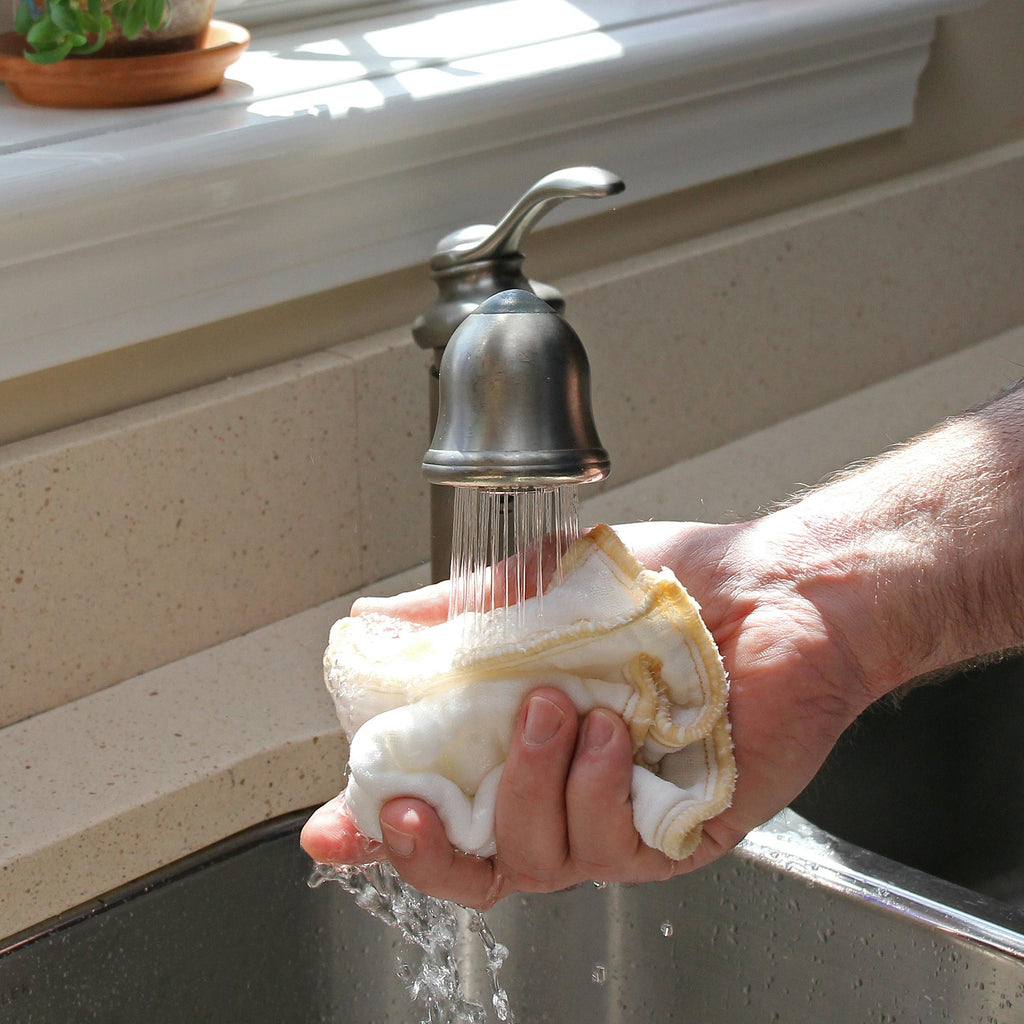At Durafresh, we believe the future of sustainability is woven into the very fabrics we use every day. As the demand for textiles continues to rise across industries, the environmental toll of traditional production methods is becoming impossible to ignore. Fossil-based materials like polyester dominate the global market but come at a high cost and contribute to microplastic pollution, ecosystem damage and excessive carbon emissions.
That’s where bio-based textiles step in as a game-changing solution.
What Are Bio-Based Textiles?
Bio-textiles are fabrics made from renewable, plant-derived or bio-engineered fibers. Unlike conventional materials that rely on petroleum and synthetic chemicals, these textiles are designed to minimize environmental harm and promote circular, low-impact production systems. They are all processed with the goal of biodegradability, lower water use and fewer toxins, and can include anything from wood fiber and hemp to algae and agricultural byproducts.
Why It Matters More Than Ever
Global fiber production rose sharply from 116 million tons in 2022 to 124 million tons in 2023, with projections nearing 160 million tons by 2030. This massive growth poses a serious threat to natural ecosystems if fueled by nonrenewable, high-polluting inputs.
Even plant-based options like cotton present sustainability concerns. Cotton farming requires a lot of water, fertile land and chemical inputs, making it less viable as a long-term solution in the face of population growth and climate stress.
In contrast, bio-based alternatives such as hemp or nettle offer greater yield per acre, require fewer resources and thrive without intensive farming methods. These fibers are gaining traction in industries like fashion, construction, packaging and home goods, pushing innovation in everything from clothing and upholstery to insulation and cleaning products.
Scaling Bio-Textiles: Challenges and Opportunities
While the promise of bio-textiles is strong, there are still challenges. Scaling up production requires improved processing methods, investment in infrastructure, and support for supply chains that prioritize sustainability from start to finish.
Another critical challenge is making sure raw materials for bio-textiles don’t compete with food systems or lead to deforestation. The future depends on thoughtful sourcing, localizing fiber supply and promoting transparency in manufacturing practices.
Durafresh Bio Cloth: Changing How We Clean and Protect the Planet
Durafresh is a standout example of what’s possible when bio-textiles meet everyday functionality. This multi-use cleaning cloth is made from sustainable wood fiber, designed to be reusable and compostable, and rinses 99.9% of germs away with just water. It's a small change with a big impact, offering a cleaner home and a cleaner planet with every use.
Durafresh not only replaces 20+ rolls of paper towels per cloth, but it also contributes to reducing plastic waste and chemical runoff. As part of a growing movement toward responsible materials, Durafresh shows how bio-based products can lead the way in sustainable living.
Ready to experience the power of bio-textiles in your everyday life?
Make the switch to the eco-friendly, bacteria-fighting Durafresh cloth and join the movement toward a more sustainable future. Order a pack today.

